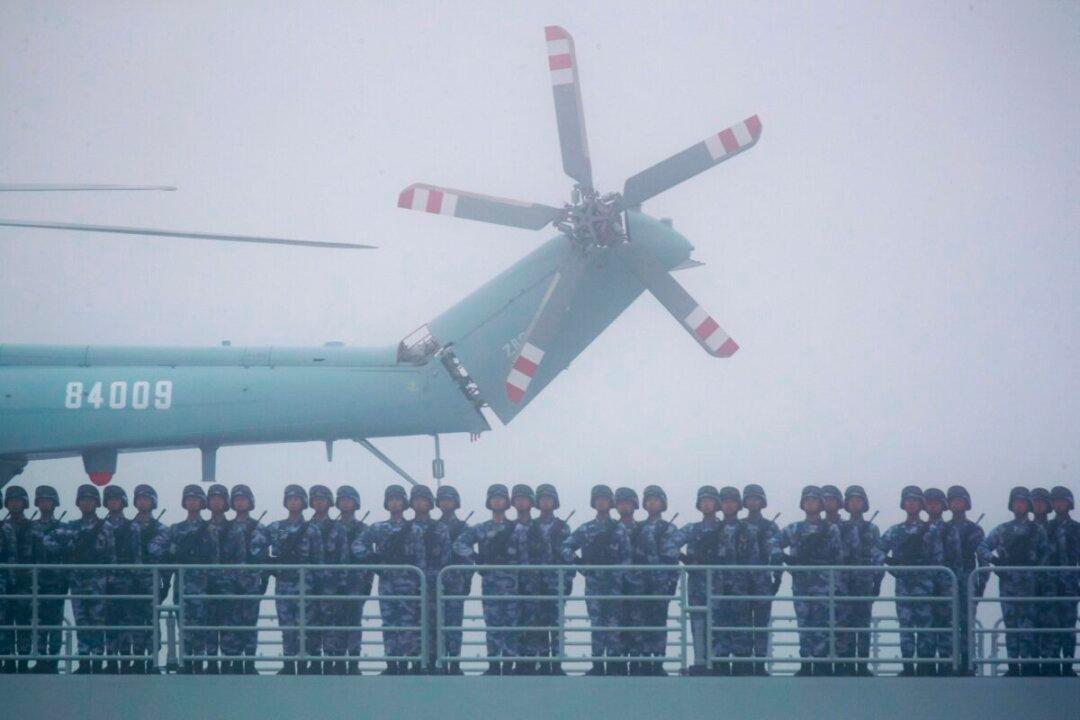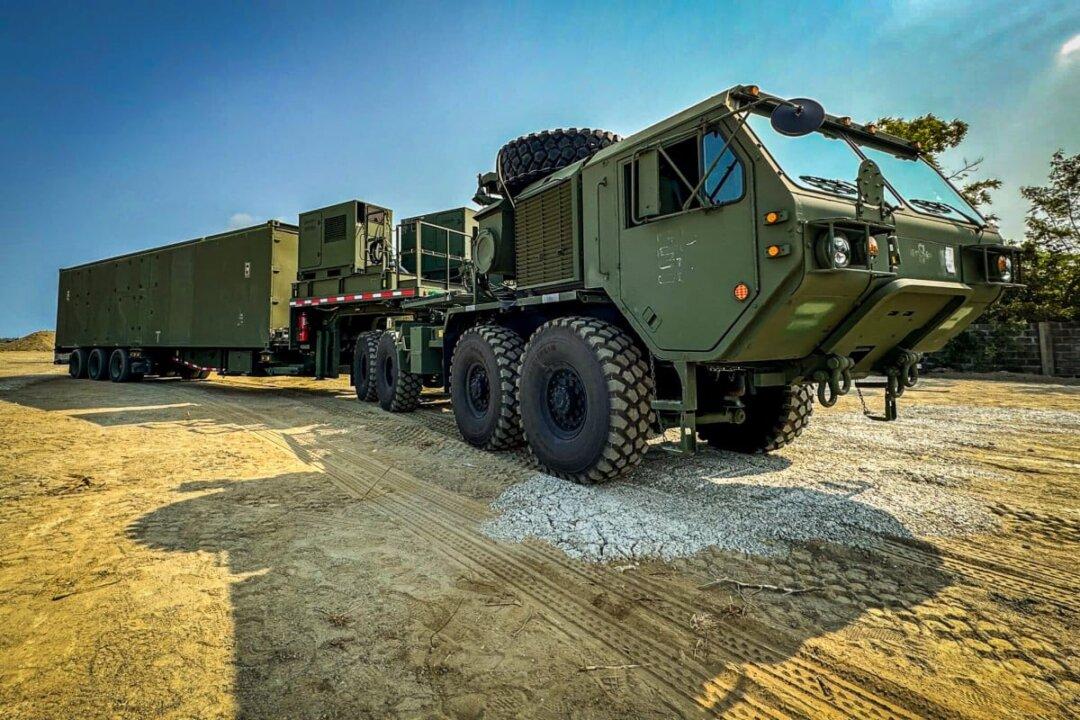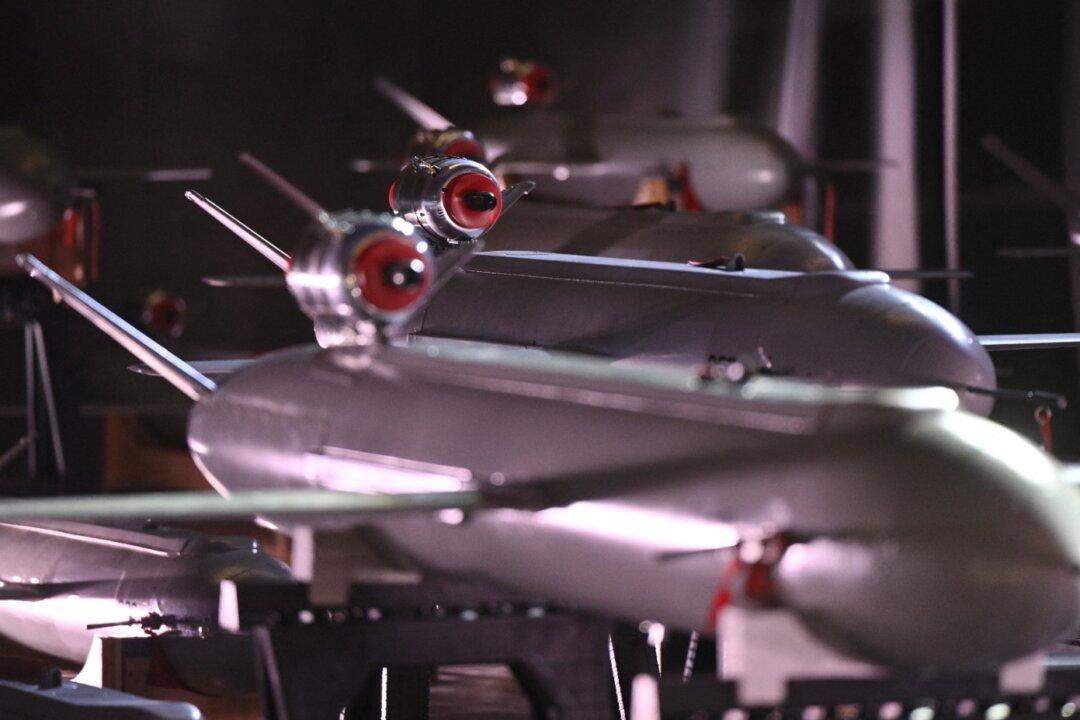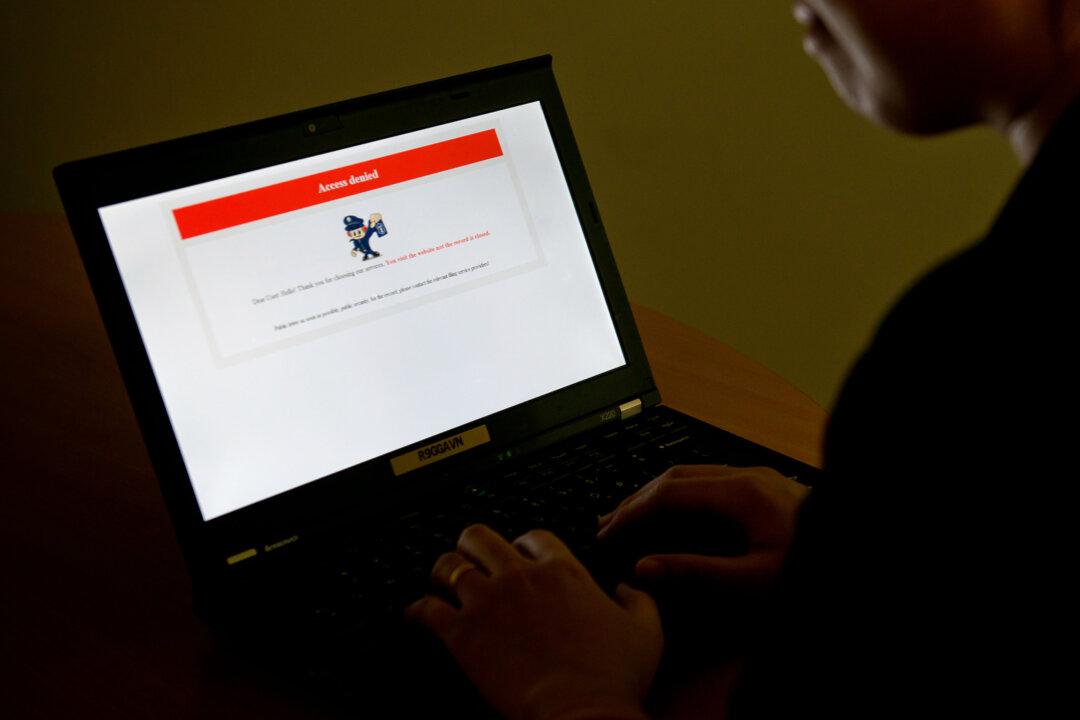At the center of the Pacific Ocean, there is a small 3.6 square mile island called Canton (Kanton), where a dilapidated airstrip once served as an important transit and supply center for the United States during World War II. After being abandoned for over 40 years, the island has become the target of the CCP’s expansion.
Canton Island is made up of coral atolls and belongs to the Republic of Kiribati. During World War II, Canton Airport served as an airbase of the U.S. Army, and U.S. bombers utilized its runways as part of the “air ferry” route from Hawaii to the South Pacific.





